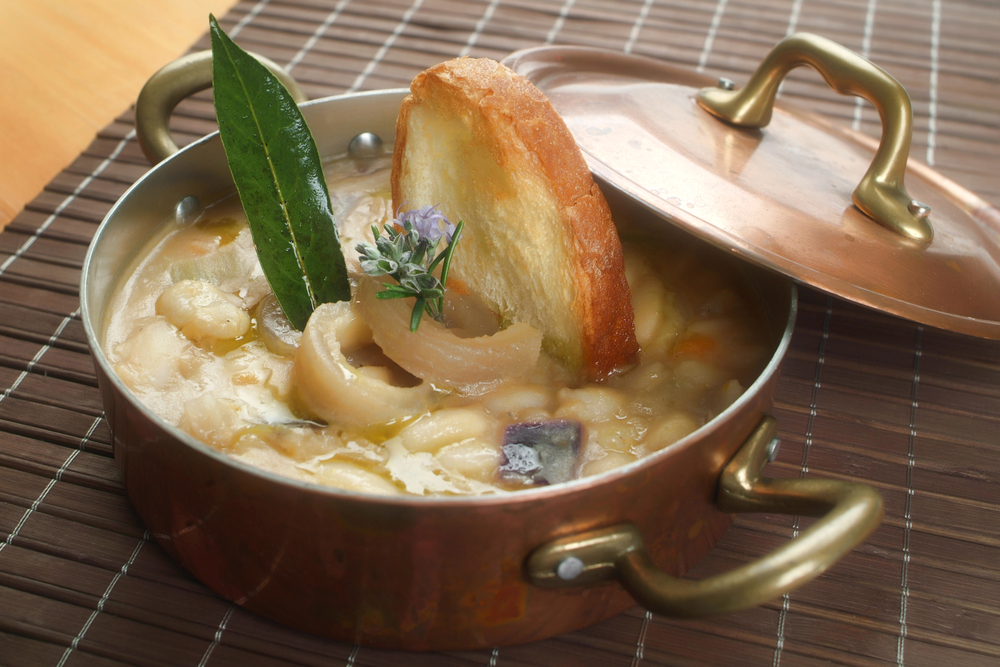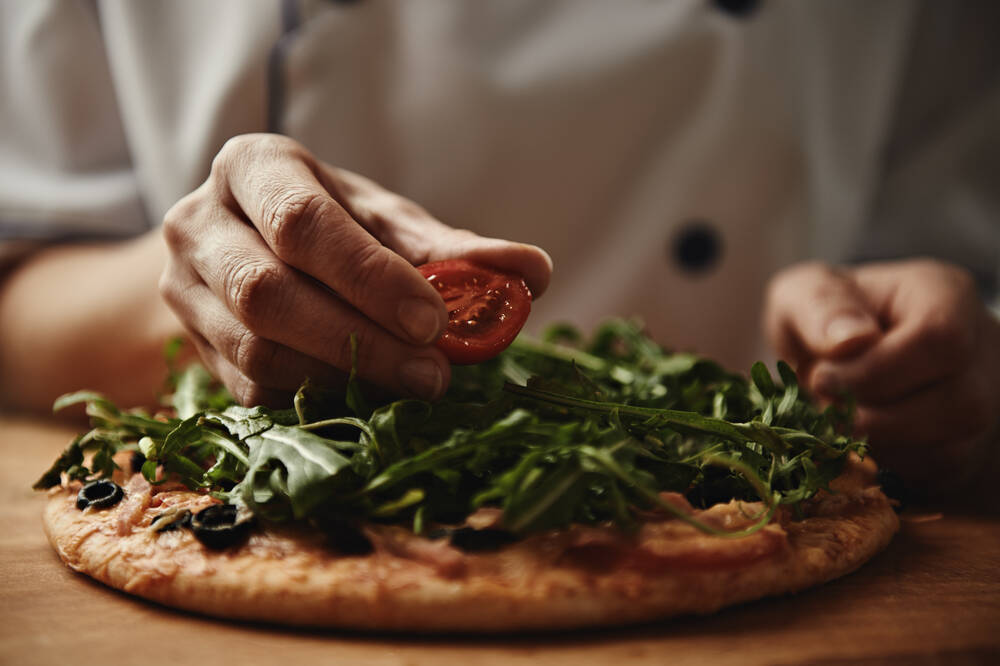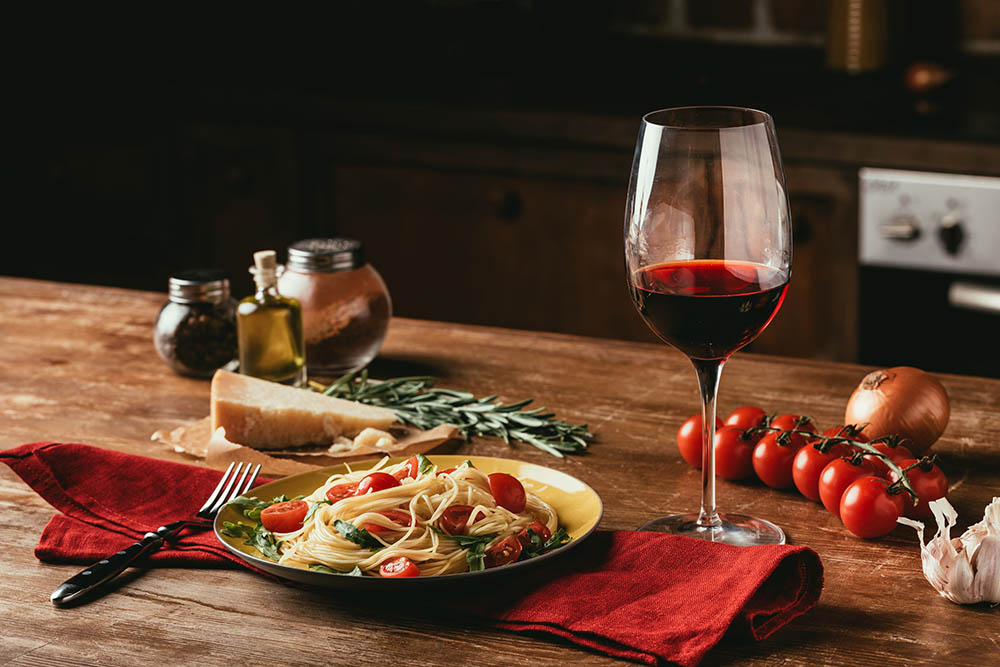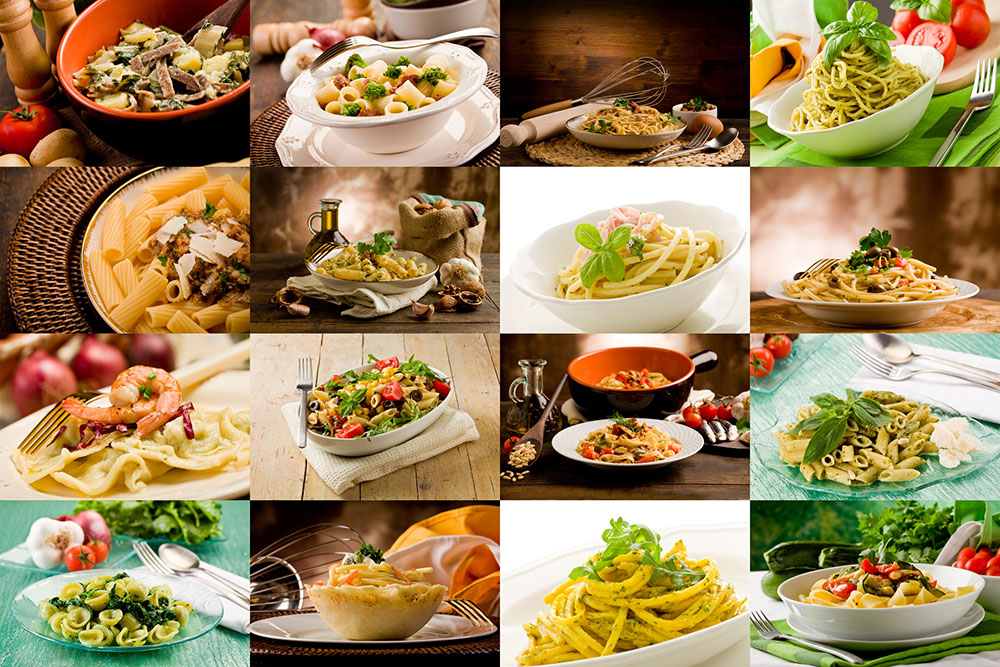Italian cuisine is one of the most popular in the world. It’s flavorful, healthy and the recipes are usually uncomplicated. These key characteristics have made it popular all across the world and now you can enjoy Italian dishes anywhere in the world. And given how cuisines are always evolving and changing, in tune with economic, social and cultural changes, you can also experience fusion dishes that combine classic Italian recipes with the novelty of exciting and exotic ingredients to create a blend of the traditional and the new that’s likely to become your new favorite food.
And while some Italian dishes have gained world recognition and everyone loves them, such as pizza or the classic carbonara, if you’re feeling particularly adventurous about food and would like to try something new, here are a few quirkier Italian dishes you should try when you’re looking to expand your palate.
Table of Contents
Supplì

This simple yet filling dish, Supplì, appears to have originated as a street food sometime in early 19th century Rome, and is now served all around Italy as part of the antipasto. It’s a ball of rice with tomato sauce and filled with mozzarella which is soaked in beaten egg, coated with breadcrumbs and deep-fried. Traditionally they were filled with provatura, a type of cheese hailing from the Lazio region in central Italy, as well as minced meat or giblets, but melting cheese is the popular option nowadays. https://en.wikipedia.org/wiki/Suppl%C3%AC
Ribollita

If you’re looking for a dish that’ll warm you straight to your core, ribollita is where it’s at. This hearty soup uses cannellini beans, vegetables and bread as its main ingredients. Originally from Tuscany, this recipe originated from the foodstuffs of the peasants in the Middle Ages, who would reheat the leftover soup from the previous day or gather trenchers used ad lords’ banquets and incorporate in their own dinners. If you can, make sure you choose a soup that’s been cooked in a clay pot for the extra authenticity.
Fusion cuisine
One of the most interesting changes to Italian cuisine comes in the form of fusion dishes. One of the best examples is the combination with Asian cuisines and influences. There are many similarities between the two, which is what makes them go together hand-in-hand. For starters, both culinary spaces emphasize the use of fresh ingredients. Seasonality is one of the main aspects of making dishes taste absolutely delightful. Not only do fresher ingredients taste better, they’re also healthier owing to their being natural and unprocessed.
A further similarity is the high emphasis on the umami flavor. This savory taste is naturally found in plants and meat and chefs are well-aware of the many ways in which it can be enhanced to create delicious dishes. Add to that the fact that noodles are a staple in both cuisines and you might be wondering why hasn’t Asian Italian fusion cuisine been popular longer. Some of the dishes you can try include calamari fritti with Sichuan flour, burrata with gochujang or duck ragu with garam masala, hard ricotta and mint. And if you’ve got a sweet tooth, make sure to check some walnut yuzu brittle, coconut and pickled ginger granita or white sesame gelato.
Sanguinaccio dolce
This unconventional dessert looks exactly like chocolate pudding but it has a twist. Its chief ingredient is pig’s blood, to which chocolate, milk, raisins, pine nuts and plenty of sugar are added. Sanguinaccio dolce originates from Naples and is typically prepared for Carnevale, a Catholic feast that occurs before Lent. If you’re a fan of the salty-sweet combo, such as in salted caramel or chocolate with sea salt, you just can’t miss out on this one.
Bistecca alla Fiorentina
Although at first glance nothing more than a steak, this dish has a very particular preparation that’ll leave you very impressed if you’re a true connoisseur. Prepared from a young steer or heifer (vitelline or scottona, in Italian), the meat is aged for at least two weeks in a cold room. Before cooking however it must be at room temperature. Oak and olive embers are preferably used, and the cut should fit the standard 1 to 1.5 Kg weight and 5 to 6 cm height. The first step is to keep the meat close to the coals, then raised to gentler heat after a minute has passed. Afterward the sides are cooked for 3 to 5 minutes each, with the last part being to cook the steak “standing” on the side of the bone.
After this short but arduous process, the Bistecca alla Fiorentina is served with cannellini beans, olive oil, salad, and a glass of Chianti classico.
Ossobuco
A Lombard specialty, this rustic recipe contains cross-cut veal shanks braised with white wine, an assortment of vegetables and meat broth. The best way to add extra flavor is to flour the meat and then brown it in butter, lard or vegetable oil. Common side dishes include polenta and mashed potatoes and, if you’re south of the Po River, pasta.
Chicken liver crostini

This quirky Tuscan dish is more or less a pate spread on bread. The difference is that crostini is a crunch bread brushed with olive oil, then toasted in the oven or on the grill. As for the pate, while chicken livers are the most common ingredient, some recipes also use anchovies or chicken hearts as additions. The difference in textures is what makes this dish so interesting.
Focaccia di Recco
Focaccia is probably one of the most popular Italian breads out there. Its light, airy texture makes it perfect for both meals and snacks, but since you’re keen on discovering new and exciting dishes, look no further than the small town of Recco in Liguria. The special factor of this bread lies in the layer of crescenza cheese in the middle of the two thin sheets of baked focaccia. The cheese is made of cow’s milk and is eaten very young and soft. The texture is typically very mild and delicate as there’s no rind. The tradition goes that the milk used to make crescenza (also known as stracchino) is made from cows that are tired from going up and down the Alps as part of transhumance. The milk is believed to be richer in fats and more acidic, creating the characteristic flavor.
If you’re a fan of Italian cuisine, you don’t want to be stuck trying the same dishes again and again. Expand your tastes and you’re sure to discover some truly special foods.
Visit SESAMO and try Asian Italian Fusion cuisine
At SESAMO we believe in mixing things up a bit while also offering traditional Italian dishes that the world has grown to love. If you’re in Manhattan or Hell’s Kitchen, stop and try one of our Italian Asian Fusion dishes today!





